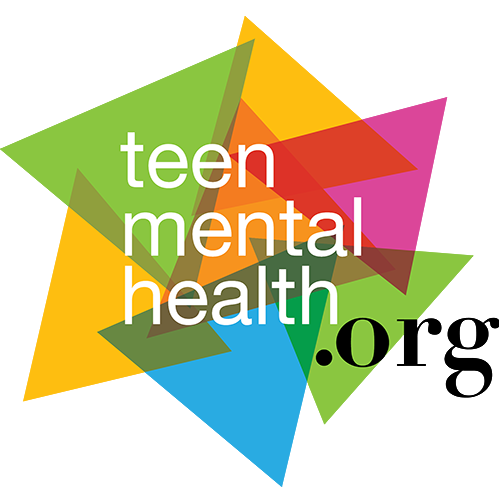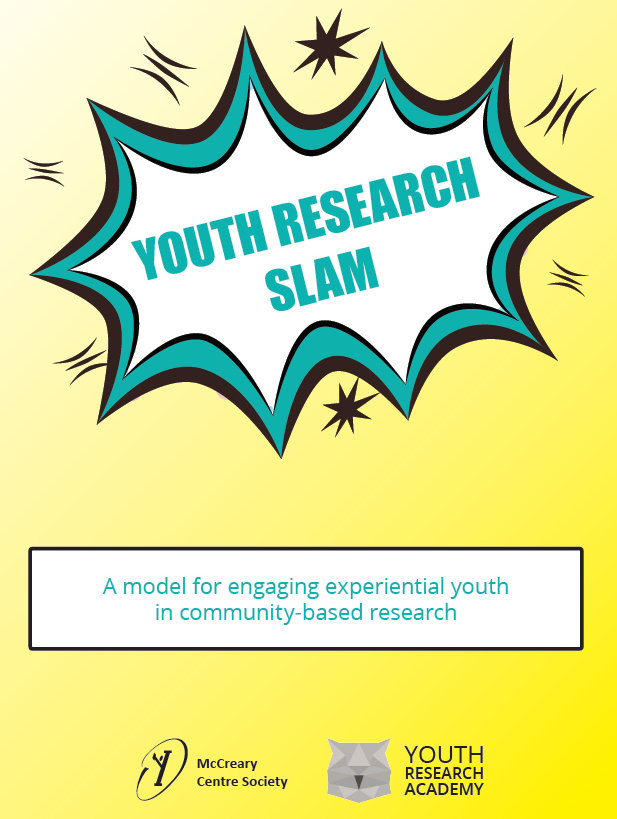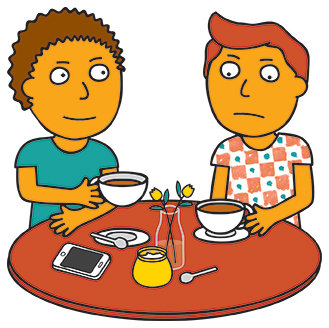 | March 2019
Substance Use Snapshot
Supporting Positive Mental Health
|
|
|
|
|

|
Supporting positive physical and mental health in our youth offers an integral protective factor – overall wellbeing and connectedness, which decreases the likelihood of youth engaging in substance use. All Middle Schools in SD 61 have trained grade 8 teachers and school counsellors in a day long workshop exploring the “Mental Health & High School Curriculum Guide: Understanding Mental Health and Mental Illness.” The Guide is the only evidence-based mental health literacy curriculum resource and was created by Dr. Stan Kutcher and Dr. Yifeing Wei of Dalhousie University. The resource can be accessed at:
Teen Mental Health
|
|
|
WE ALL HAVE MENTAL HEALTH and there are four separate but related components that help us understand and act on it.
1. No distress, no problem or no disorder
2. Mental distress – refers to the common, expected, and normal response to the stressors of everyday life. It is normal, expected, and happens to everyone. It is necessary for adaptation and building resilience. Examples include: writing an exam, having an argument, failing at a task.
3. Mental health problem – refers to the reactions we have to huge life challenges that may test our ability to adapt. These problems may last for a period of time, but they are not disorders and do not require medical treatment. Examples include: the death of a loved one, romantic break up, loss of a job.
4. Mental disorder/illness – refers to clinically diagnosed illnesses, which require treatment from properly trained health providers. Examples include: major depressive disorder, panic disorder, bipolar disorder
A person can have good mental health and a mental health problem at the same time, just as a person can have good physical health and an illness at the same time.
It is important to understand the differences between the four components of mental health in order to get the correct help if needed and to avoid seeking treatment when it is not needed. It is also helpful to have the right language to communicate with others how you are feeling.
Source: teenmentalhealth.org
|
|
|

|
STUDENT VOICE ON STRESS
McCreary’s Youth Research Academy hosted a youth research slam in March 2017.
586 youth responded to an on-line survey, 60% of respondents were 12-18 years of age and the rest were aged 19-24. These are some findings on how youth manage stress:
24% of respondents had felt extreme levels of stress, which impacted their daily functioning, and 36% felt stressed every day. The most common stressors were school, thinking about the future, and their mental health.
40% felt they managed their stress poorly, whereas 4% felt they managed their stress very well. The most common stress management strategy identified was keeping to themselves and listening to music. When they did seek help they most often turned to friends and family members for support.
|
|
|
Half of youth felt they didn’t get the support they needed to manage their stress in the past year due to not knowing where to go; thinking or hoping the problem would go away; and feeling too stressed to access support. | “Stress feels like I am a beautiful house with a nice garden and it looks like there is nothing wrong from the outside but from inside the whole house is on fire.” (research participant)
|
|
|
 |
Most commonly reported causes of stress:
- School 78%
- Thinking about my future 72%
- My mental health 58%
- Money 48%
- Becoming an adult 41%
- How I look 34%
- Conflict with parents/caregivers 33%
- How others see me 32%
- Work 28%
- Mental health of family member 27%
|
|
|
 |
Whom youth most commonly turned to for support when feeling stressed in the past year:
- Friend 82%
- Family member 66%
- Romantic partner 39%
- Counsellor/Therapist 32%
- Doctor 27%
- Teacher 25%
- Youth worker 11%
- Nurse 10%
|
|
|
|
Top 5 things youth do when stressed, which INCREASES their stress:
1. Keep to myself 49%
2. Sleep less than usual 40%
3. Try not to think about it 39%
4. Take it out on others 31%
5. Eat more than usual 29% |
Top 5 things youth do when stressed, which DECREASES their stress:
1.Listen to music 80%
2. Art or other creative activity 52%
3. Surf the internet 49%
4. Turn to someone for support 46%
5. Spend time in nature 45%
|
| |
|
|
|
|
|
1 Try and eat a well balanced diet throughout the day
2 Take a break from technology. Switch off from social media
3 Engage in some fun exercise for 30 minutes.
4 If you are feeling anxious or low then try speaking to a friend or family member about how you are feeling
5 Write down 3 good things that you have achieved today
6 Make sure you are getting a good nights sleep
7 Practice some self-care. Take a break, have a bath or go for a walk. Do something for yourself.
8 Engage in some deep breathing or progressive muscle relaxation
9 Challenge your negative thoughts in a thought diary
10 Stay in the
present moment and focus on one thing at a time
|
|
|
HOW TO SLEEP BETTER EVERY NIGHT
+ Get into a routine
+ Practice deep breathing
+ Be a smart napper
+ Write down your worries
+ Learn to relax
+ Exercise regularly
+ Aim for 7-9 hours of sleep
|
THE BRAIN BENEFITS OF EXERCISE
+ Exercise releases endorphins which triggers positive feelings in the body
+ Reduction in anxiety and depression, improves cognitive functioning, and improves attention
+ Improves mood and sleep
+ Reduces the effects of stress
(www.believeperform.com @BelievePHQ)
|
|
|
|
|

|
HOW NOT TO BUBBLE WRAP KIDS
Parents are key in helping kids learn how to use their daily stress in developing resilience.
The science of stress emphasizes that experiencing and learning how to use stress is an important part of having good mental health. Mental health is the capacity to successfully adapt to life’s circumstances.
You can help your child learn new skills and effectively address the many and frequent challenges of life, now and in the future.
|
|
|
WHAT CAN PARENTS DO?
Change how we think about stress.
Re-frame the stress response as your body preparing to tackle a challenge. Stop using the word anxiety when you mean stress response.
Model or teach effective coping skills.
This includes problem solving, using social support, making healthy choices about food, exercise, sleep, and more. |
Using stress reduction or relaxation exercises sparingly.Over-reliance on stress reduction techniques without changing the way we think about the stress response, or learning how to solve the problems that this response is alerting us to may provide temporary relief but is not a substitute for learning how to navigate the often challenging and stormy seas of
life. Teen Mental Health-Understanding Stress
|
|
|
|
|
|
|
|
|
The Greater Victoria School District is committed to providing safe and healthy learning environments for all students. As part of our approach, we have been focusing on mental health and substance use topics to help us promote well-being in our schools.
Substance use is a complex topic that often highlights varied philosophies, myths, and a great deal of fear. The research shows us that early interventions, particularly around critical thinking and decision making, has an impact on delaying use in youth. As well, open dialogue with adults, intentionality around attachment, and a focus on the
| factors that contribute to substance use, as opposed to the actual substances, also prevent, delay and reduce substance use in our students.
Our goal is to create a more cohesive, systematized substance use plan focusing on social emotional learning, that includes our youth and schools, community partners, and families. We strive for a shared vision, common language and consistent messaging over time, in order to support positive youth culture and a healthy perspective on substance use and mental health.
In B.C. the legal age for alcohol and cannabis consumption is 19 years old.
|
|
|
|
|